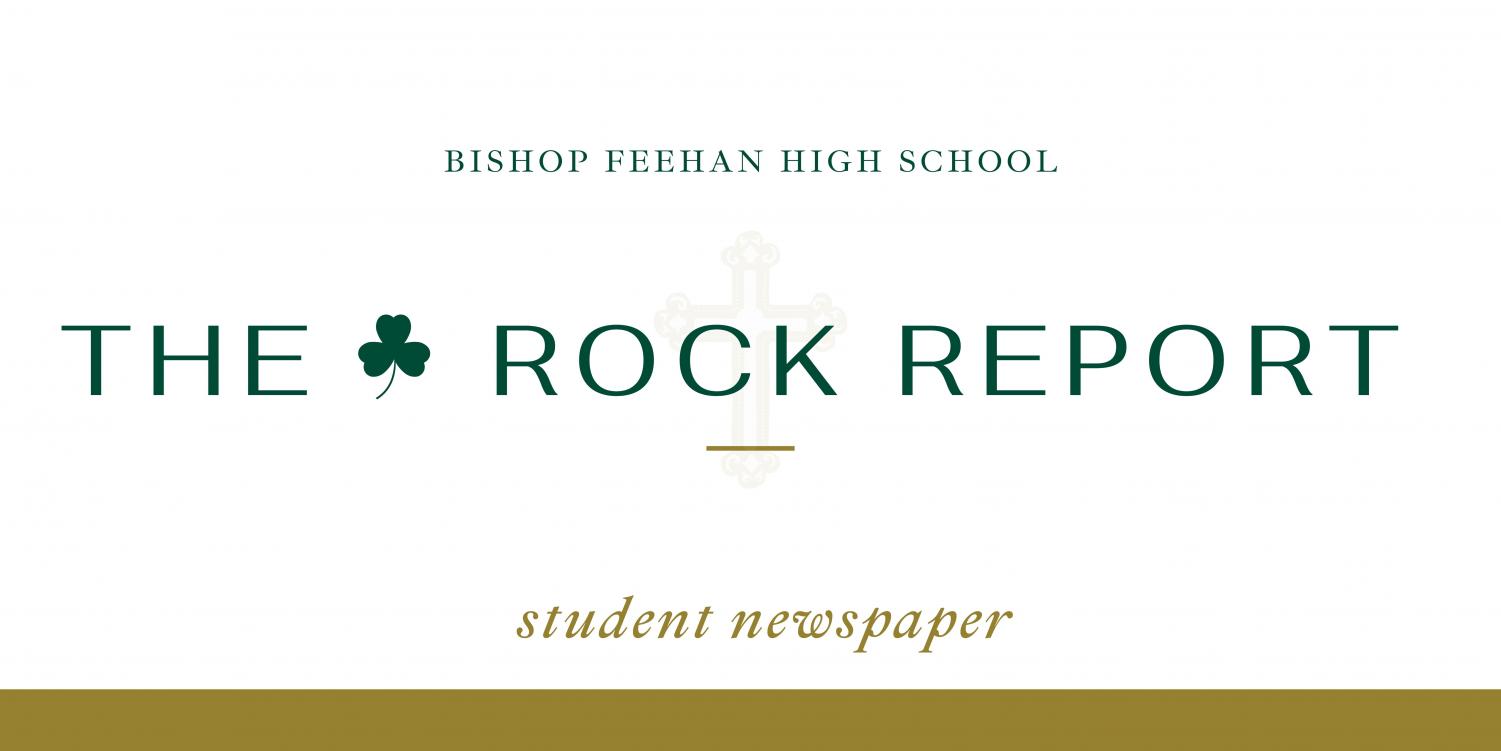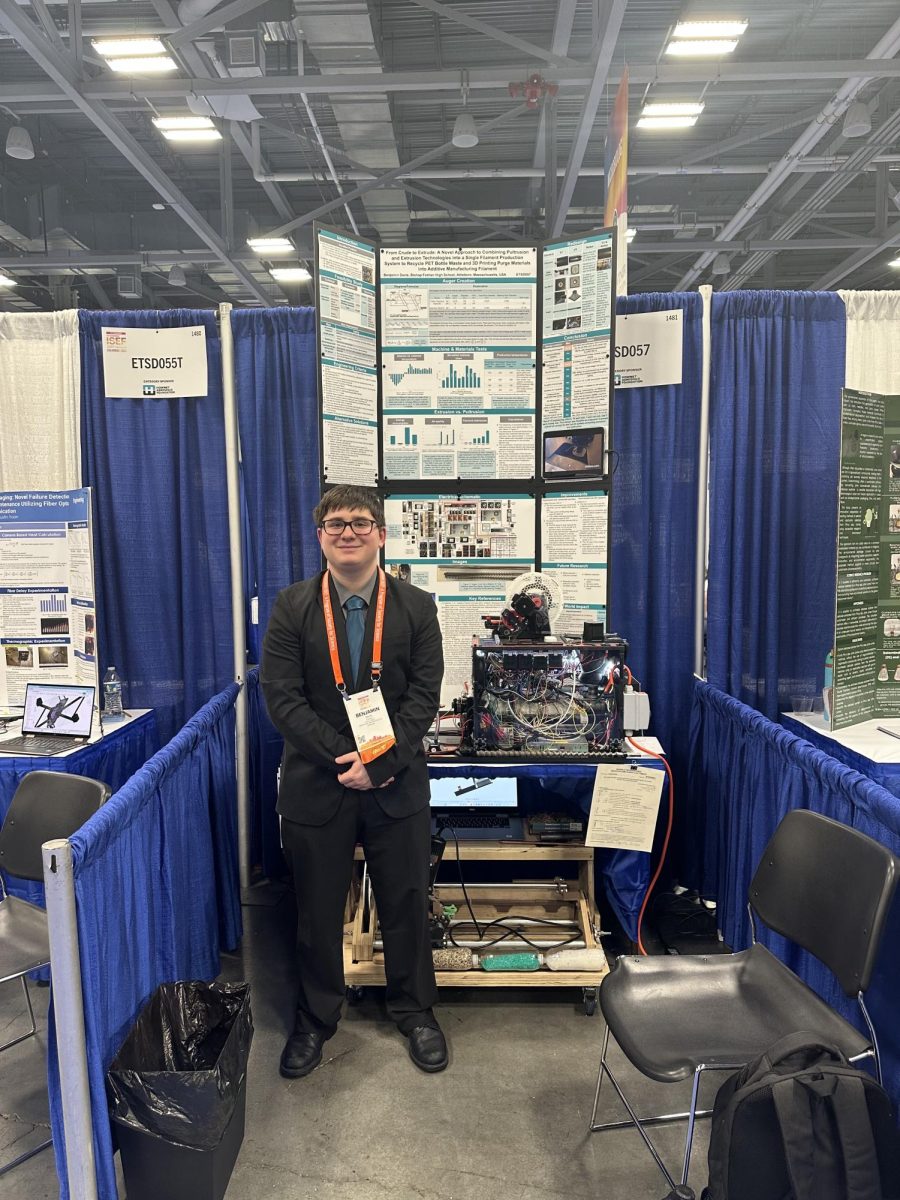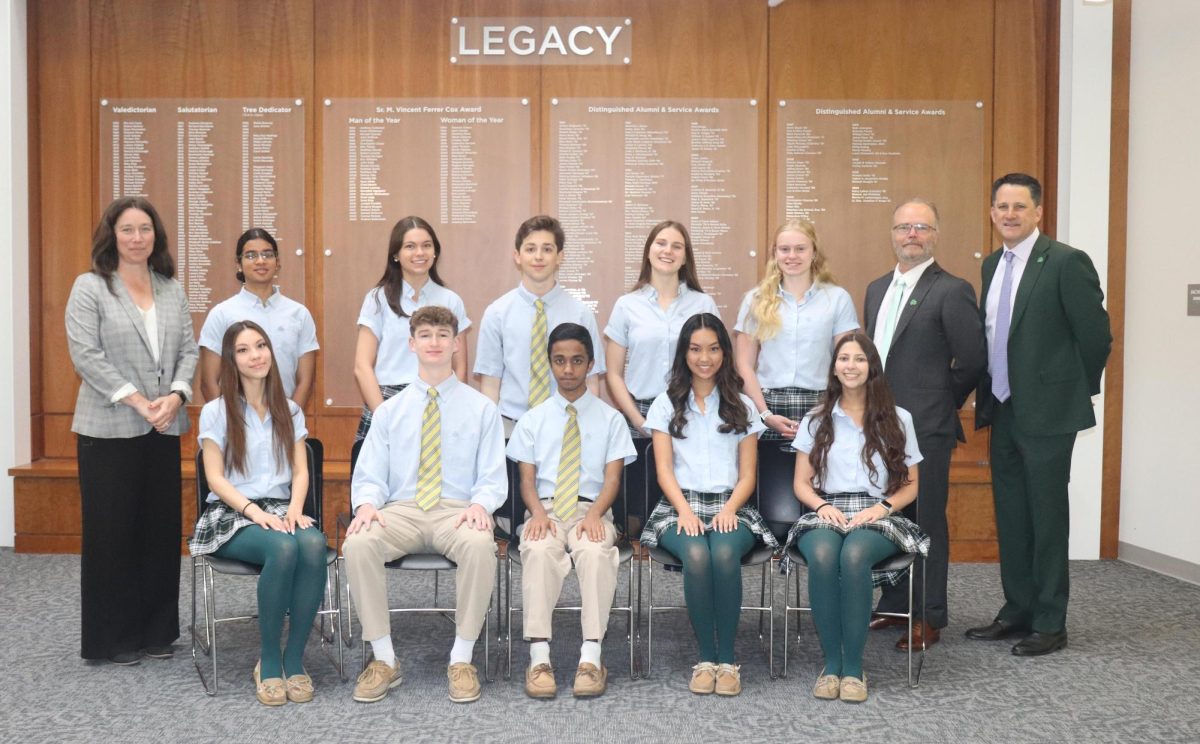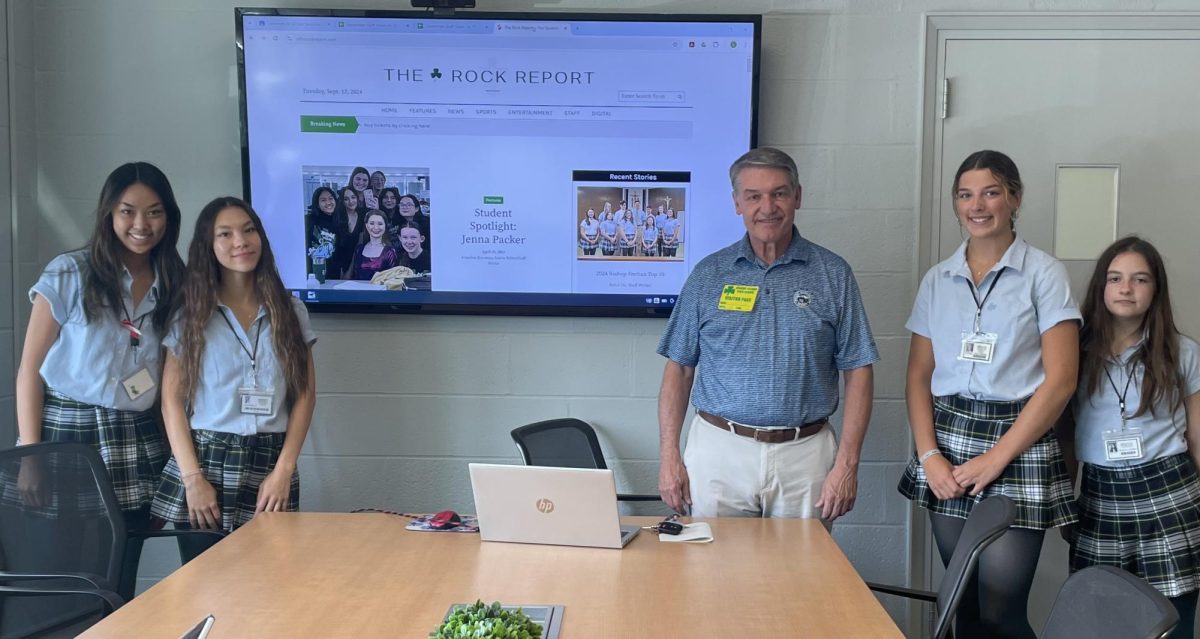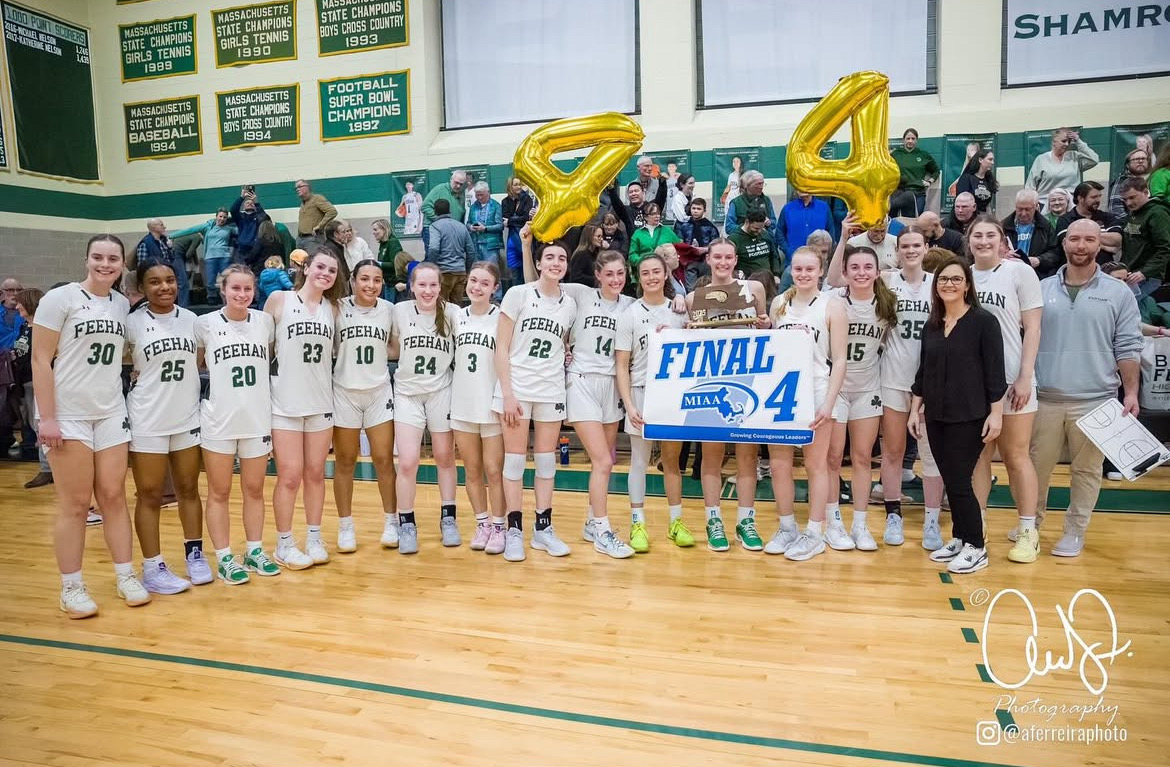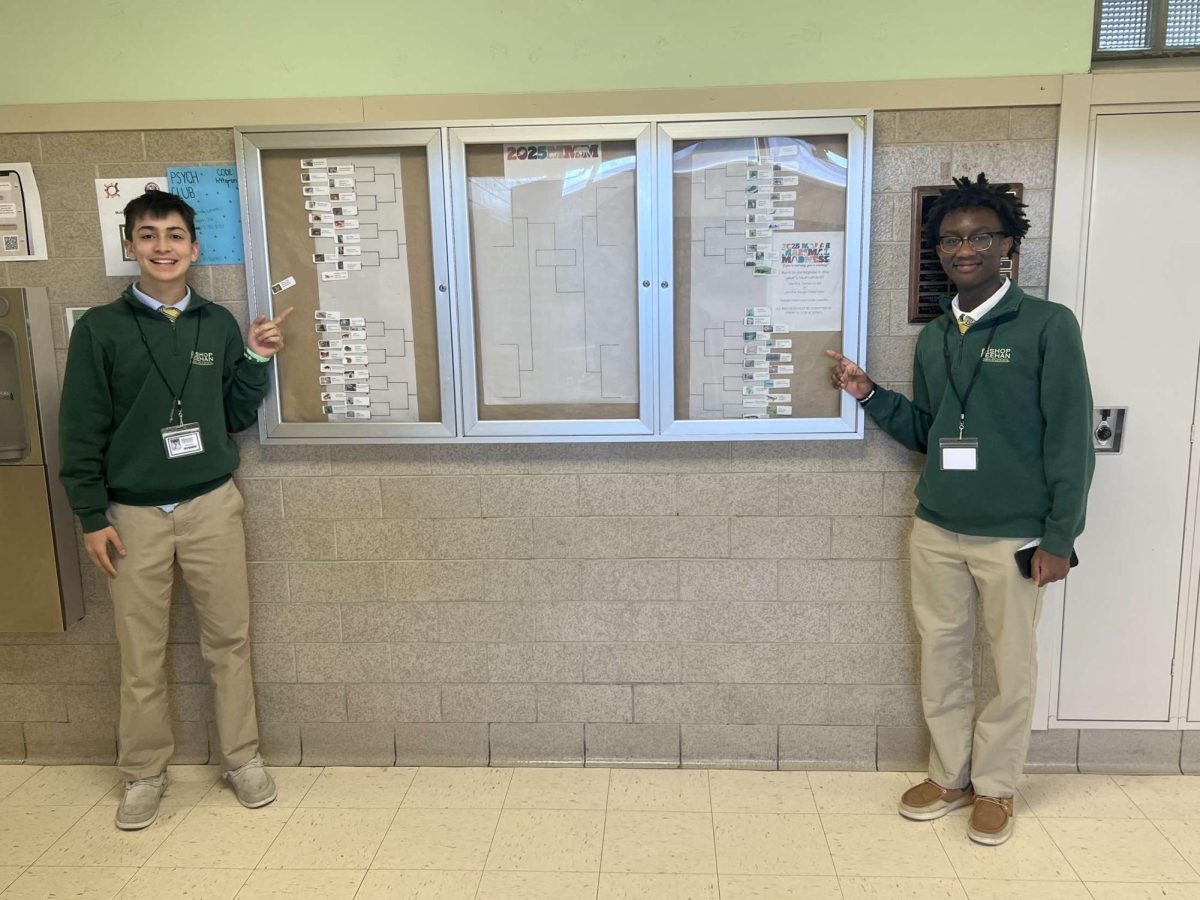Native American Heritage Month
November 25, 2022
Each November, we celebrate Native American Heritage Month to recognize the history, culture, and achievements of Indigenous peoples. The theme of this year’s Native American Heritage Month is “Revitalizing Indigenous Connections,” which emphasizes the importance of continually honoring cultural traditions and history over generations.
The origins of Native American Heritage Month date back to the late 1900s, when President Gerald Ford declared October 10-16, 1976 as “Native American Awareness Week.” In 1986, Congress passed a joint resolution to make November 23-30 “American Indian Week.” The celebration continued as a one-week period until 1990, when President George H.W Bush established the month of November as National American Indian Heritage Month. The name would eventually evolve into Native American Heritage Month.
The United States government officially recognizes 574 Native American tribes in the contiguous 48 states and Alaska. There are 64 state-recognized tribes, and many more that are currently unrecognized. Some of the most notable tribes include the Cherokee, Apache, Chippewa, Algonquin, and Iroquois. As of 2020, Native Americans accounted for nearly 3% of all people living in the United States. In recent years, there has been a drastic increase in Native American population nationwide.
There have been many influential Native American figures throughout history. One example is Sacajawea, who aided Lewis and Clark on their expedition by serving as a translator and using her knowledge of geography to discover new routes. Another influential figure is Sacheen Lightfeather, an Apache activist and actress. She is most well known for her role at the 1973 Oscar ceremony, when she refused an award on behalf of actor Marlon Brando and gave a speech protesting the depictions of Native Americans in Hollywood.
Native American Heritage Month is important because it calls to attention the history, culture, sacrifices and achievements of different Indigenous groups. Moreover, it helps to raise awareness of the mistreatment and injustice that Native people have endured for centuries. By providing Native American individuals with platforms to share their stories, we can gain a better understanding of the challenges they faced and how they worked to conquer those challenges. Only this way can we truly recognize and celebrate the Indigenous peoples of North America.
Sources
https://www.britannica.com/topic/Native-American https://www.uscourts.gov/about-federal-courts/educational-resources/annual-observances/native- american-heritage-month#:~:text=Native%20American%20Heritage%20Month%20is,signed%2 0into%20law%20in%201990.
https://www.biography.com/news/influential-native-americans-list – https://www.ncai.org/initiatives/native-american-heritage-month https://www.powwows.com/10-biggest-native-american-tribes-today/
https://www.senate.gov/artandhistory/history/common/generic/American_Indian_Heritage_Mont h.htm
